

Articles
How Much Does A Dehumidifier Cost
Modified: October 20, 2024
Discover the average cost of dehumidifiers in our latest articles. Find out what factors influence the price and the best options for your needs.
(Many of the links in this article redirect to a specific reviewed product. Your purchase of these products through affiliate links helps to generate commission for Storables.com, at no extra cost. Learn more)
Introduction
A dehumidifier is a household appliance that helps reduce humidity levels in enclosed spaces, such as homes, offices, or basements. Excessive humidity can lead to various problems, including mold growth, musty odors, and damage to furniture and other belongings. Investing in a dehumidifier can not only improve the overall comfort of your living environment but also help prevent potential health issues. In this article, we will explore the factors that affect the cost of dehumidifiers and delve into the different types available in the market.
When considering the cost of a dehumidifier, it is essential to understand the various factors that influence its price. These factors include the type of dehumidifier, its capacity, additional features and upgrades, energy efficiency, and brand reputation. By understanding these factors, you can make an informed decision based on your specific needs and budget.
There are several types of dehumidifiers available, each designed to address different needs and spaces. Portable dehumidifiers are versatile and can be moved around the house as needed. Whole-house dehumidifiers are integrated into the HVAC system and effectively regulate humidity levels throughout the entire home. Basement dehumidifiers are specifically designed to combat high humidity levels in underground spaces. Mini dehumidifiers are compact devices ideal for small areas like closets or bathrooms. Desiccant dehumidifiers use silica gel to remove moisture from the air, making them particularly useful in colder climates.
Additional features and upgrades can significantly impact the cost of a dehumidifier. These features may include digital controls, programmable timers, Wi-Fi connectivity, automatic shut-off, and even built-in air purifiers. While these features can enhance convenience and performance, they may also increase the overall price of the dehumidifier.
Energy efficiency is another crucial factor to consider when evaluating the cost of a dehumidifier. Look for models with the ENERGY STAR® label, as they are designed to consume less energy while effectively dehumidifying your space. Choosing an energy-efficient dehumidifier can result in long-term cost savings by reducing your electricity bills.
Before making a purchase, it’s important to consider various factors to ensure you select the right dehumidifier for your needs. Consider the room size and humidity level, as different dehumidifiers have different capacities and can only effectively dehumidify within specific square footage ranges. Pay attention to noise levels, as some dehumidifiers can be quite loud during operation. Additionally, research different brands and read customer reviews to gauge their effectiveness and reliability.
Key Takeaways:
- Invest in an energy-efficient dehumidifier with the right capacity and features to effectively regulate humidity levels, protect your home, and save on long-term operating costs.
- Consider factors such as space size, humidity level, noise preferences, and energy efficiency when choosing a dehumidifier to create a comfortable and healthy living environment.
Read more: How Much Power Does A Dehumidifier Use
Factors Affecting the Cost of a Dehumidifier
When it comes to the cost of a dehumidifier, there are several factors that can influence the price. Understanding these factors can help you make an informed decision and choose a dehumidifier that fits within your budget. Let’s explore the main factors that affect the cost of a dehumidifier.
1. Capacity: The capacity of a dehumidifier refers to its ability to remove moisture from the air within a specific period. The higher the capacity, the more moisture a dehumidifier can remove. Dehumidifiers with larger capacities typically cost more than those with lower capacities. If you have a larger space or live in an area with high humidity levels, you may need a dehumidifier with a higher capacity, which could increase the cost.
2. Brand and Reputation: The brand of a dehumidifier can also influence its price. Established and reputable brands often charge a premium for their products due to their track record of quality and reliability. While it might be tempting to opt for a cheaper, lesser-known brand, investing in a reputable brand can provide peace of mind and ensure a longer lifespan for your dehumidifier.
3. Additional Features: Dehumidifiers may come with additional features that enhance convenience and performance. These features can include digital controls, humidistats that allow you to set specific humidity levels, built-in air purifiers, automatic shut-off when the desired humidity level is reached, or auto-defrost mechanisms for use in colder environments. While these features can be beneficial, they may also increase the overall cost of the dehumidifier.
4. Energy Efficiency: Energy-efficient dehumidifiers can save you money in the long run by reducing electricity costs. Look for dehumidifiers with the ENERGY STAR® label, as they are designed to consume less energy while effectively dehumidifying your space. While energy-efficient models may be slightly more expensive upfront, the cost savings in the long term can outweigh the initial investment.
5. Warranty: The warranty offered by the manufacturer can also impact the cost of a dehumidifier. Products with longer warranties often indicate higher quality and reliability, and may come with a higher price tag as a result. However, a longer warranty can give you peace of mind, knowing that your investment is protected.
6. Noise Levels: Some dehumidifiers can produce noise during operation, which can be a concern, especially if the dehumidifier will be placed in a bedroom or living area. Dehumidifiers with advanced noise reduction features, such as insulated compressors or quiet mode settings, may come at a higher cost compared to standard models.
By considering these factors, you can evaluate the cost-benefit of different dehumidifiers and choose the one that best suits your needs and budget. It’s important to strike a balance between cost and performance to ensure you get a dehumidifier that effectively regulates humidity levels in your space without breaking the bank.
Types of Dehumidifiers and Their Costs
Dehumidifiers come in various types, each designed to address specific needs and spaces. Understanding the different types of dehumidifiers can help you choose the right one for your situation. Let’s explore the most common types of dehumidifiers and their associated costs.
1. Portable Dehumidifiers: Portable dehumidifiers are versatile units that can be moved around the house as needed. These are the most common type of dehumidifiers and are suitable for small to medium-sized spaces. Portable dehumidifiers typically range in capacity from 30 to 70 pints per day. The cost of portable dehumidifiers can vary depending on factors such as capacity, brand reputation, and additional features. On average, portable dehumidifiers can cost anywhere from $150 to $500.
2. Whole-house Dehumidifiers: Whole-house dehumidifiers are integrated into the HVAC system and are designed to regulate humidity levels throughout the entire home. These dehumidifiers have a higher capacity and can handle large areas effectively. The cost of whole-house dehumidifiers can be higher than portable units due to their larger size and installation requirements. On average, whole-house dehumidifiers can range from $1,000 to $3,000 or more, depending on the brand and capacity.
3. Basement Dehumidifiers: Basement dehumidifiers are specifically designed to tackle high humidity levels commonly found in below-ground spaces. These dehumidifiers have a higher capacity and may feature a specific design to cater to the unique environment of basements. The cost of basement dehumidifiers can vary depending on the capacity and brand reputation, but on average, they can range from $200 to $800 or more.
4. Mini Dehumidifiers: Mini dehumidifiers are compact units designed for small areas such as closets, bathrooms, or RVs. These units have a lower capacity than portable dehumidifiers and are ideal for addressing localized moisture issues. The cost of mini dehumidifiers can range from $30 to $100, depending on the brand and features.
5. Desiccant Dehumidifiers: Desiccant dehumidifiers use a desiccant material, such as silica gel, to absorb moisture from the air. These dehumidifiers are particularly useful in colder climates where temperature can impact the efficiency of compressor-based dehumidifiers. Desiccant dehumidifiers can range in price from $150 to $500 or more, depending on the capacity and features.
The costs mentioned above are average and can vary based on factors such as brand reputation, capacity, energy efficiency, and additional features. It is important to consider your specific needs and budget when choosing a dehumidifier type and price range that suits you best. Consulting with professionals and reading customer reviews can also help you make an informed decision.
Portable Dehumidifiers
Portable dehumidifiers are versatile units that offer a convenient solution for managing humidity levels in various areas of your home. These compact and easy-to-move devices are designed to extract excess moisture from the air, helping to create a more comfortable and healthy living environment. Let’s take a closer look at portable dehumidifiers and their features.
Capacity: Portable dehumidifiers are available in a range of capacities, typically measured in pints of moisture extracted per day. The capacity needed will depend on factors such as the size of the area, the humidity level, and the specific needs of the space. Portable dehumidifiers can have capacities ranging from 30 to 70 pints per day, allowing you to choose the one that meets your requirements.
Design and Features: Portable dehumidifiers are designed to be user-friendly and offer a variety of features to enhance their performance. Some key features to look for include adjustable humidity settings, digital controls for easy operation, LED displays for monitoring humidity levels, automatic shut-off when the desired humidity level is reached, and programmable timers for energy-efficient use.
Portability: As the name suggests, portability is a key characteristic of these dehumidifiers. Most portable units come with built-in casters or wheels, allowing you to easily move them around the house to target specific areas as needed. This flexibility is especially useful if you have multiple rooms or areas with varying humidity levels to address.
Noise Level: Portable dehumidifiers typically generate some degree of noise during operation, although advancements in technology have resulted in quieter models. When selecting a portable unit, it is advisable to consider noise levels and opt for a model that operates quietly if you plan to use it in living spaces or bedrooms.
Energy Efficiency: Energy efficiency is an important consideration when choosing any appliance. Look for portable dehumidifiers with the ENERGY STAR® label, which indicates that the unit meets energy efficiency guidelines set by the Environmental Protection Agency (EPA). Energy-efficient models can help you save on electricity costs while still effectively dehumidifying your space.
Pricing: The cost of portable dehumidifiers can vary based on several factors, including brand, capacity, and additional features. On average, portable dehumidifiers can range in price from $150 to $500. Higher-end models with advanced features and larger capacities may tend to be at the higher end of the price range, while more basic models with smaller capacities can be more budget-friendly.
Portable dehumidifiers are a practical and convenient solution for managing humidity levels in different areas of your home. Their versatility, portability, and range of features make them a popular choice for homeowners. When selecting a portable dehumidifier, consider the capacity needed, the specific features that would enhance your experience, and your budget. Don’t forget to read customer reviews and compare different brands to find the perfect portable dehumidifier for your home.
Whole-house Dehumidifiers
Whole-house dehumidifiers offer a comprehensive solution for controlling humidity levels throughout your entire home. These types of dehumidifiers are integrated into your home’s HVAC system and work in conjunction with it to regulate moisture in the air. Let’s explore the features and benefits of whole-house dehumidifiers in more detail.
Capacity and Coverage: Whole-house dehumidifiers have higher capacities compared to portable units, typically ranging from 70 to 150 pints per day. With their larger capacity, these dehumidifiers can effectively handle larger areas and provide consistent humidity control throughout your home.
Integration with HVAC System: Whole-house dehumidifiers are designed to be integrated seamlessly into your existing HVAC system. They are typically installed in the ductwork, either as a standalone unit or as a part of your central air conditioning system. This integration allows the dehumidifier to work in conjunction with the HVAC system to efficiently dehumidify the entire home.
Automatic Operation: Whole-house dehumidifiers often come with automatic controls and sensors that monitor and adjust the humidity levels in your home. Once set to the desired humidity level, the dehumidifier will automatically turn on and off as needed to maintain that level, providing hassle-free operation and consistent performance.
Energy Efficiency: Whole-house dehumidifiers are designed to be energy-efficient, helping to save on energy costs. Many models are equipped with advanced features such as variable-speed compressors or energy recovery ventilators, which optimize energy consumption while still effectively removing excess moisture from the air. Look for models that are ENERGY STAR® certified for even greater energy efficiency.
Cost and Installation: The cost of whole-house dehumidifiers can vary depending on factors such as brand, capacity, and additional features. On average, these dehumidifiers can range in price from $1,000 to $3,000 or more. Installation costs should also be considered, as professional installation is usually required to integrate the dehumidifier into your HVAC system. However, the long-term benefits in terms of improved air quality, comfort, and protection against moisture-related issues make it a worthwhile investment for many homeowners.
Benefits of Whole-House Dehumidifiers:
- Improved Indoor Air Quality: Whole-house dehumidifiers work to reduce excess moisture, limiting the growth of mold, mildew, and other allergens that thrive in high humidity environments. This leads to improved indoor air quality, reducing the risk of respiratory problems and allergies.
- Prevention of Damage: High humidity can cause damage to your home’s structure and belongings, such as warping wood, peeling paint, or deteriorating furniture. Whole-house dehumidifiers help protect your investment by maintaining ideal humidity levels and preventing such damage.
- Increased Comfort: Excessive humidity can make your home feel sticky, uncomfortable, and difficult to cool down in warmer months. Whole-house dehumidifiers help create a more comfortable living environment by reducing humidity levels and allowing your air conditioning system to operate more efficiently.
With their ability to provide comprehensive humidity control for your entire home, whole-house dehumidifiers offer numerous benefits. They enhance indoor air quality, protect your home and belongings, and increase overall comfort. If you have persistent moisture issues or live in a humid climate, investing in a whole-house dehumidifier can be a worthwhile solution.
Read more: How Much Does Skylight Cost
Basement Dehumidifiers
Basements are notorious for being damp and prone to high humidity levels. To combat this issue and create a healthier living environment, basement dehumidifiers are specifically designed to effectively remove excess moisture from below-ground spaces. Let’s explore the features and benefits of basement dehumidifiers in more detail.
Capacity: Basement dehumidifiers are typically designed with higher capacities compared to portable dehumidifiers. This is because basements tend to have larger square footage and higher humidity levels. These dehumidifiers can have capacities ranging from 50 to 90 pints or more per day, allowing them to handle the unique needs of basement spaces.
Specialized Design: Basement dehumidifiers are engineered to handle the unique challenges of basement environments. They are often equipped with features such as auto-defrost mechanisms to prevent ice buildup in colder temperatures, as well as corrosion-resistant components to withstand the potentially damp and humid conditions found in basements.
Installation: Basement dehumidifiers can be installed as standalone units, or they can be integrated into the existing HVAC system. Standalone units come with a water collection tank that needs to be emptied periodically, while integrated units can be connected to a drain or sump pump for continuous drainage. Consider the available space and drainage options when deciding on the best installation method for your basement dehumidifier.
Noise Level: Like any other dehumidifier, basement dehumidifiers produce some operational noise. However, many models on the market now come with sound-dampening technologies and quiet mode settings to minimize noise levels. If noise is a concern, look for models specifically designed for quiet operation.
Energy Efficiency: Energy-efficient basement dehumidifiers can help minimize electricity costs while effectively dehumidifying the space. Look for models that meet ENERGY STAR® ratings to ensure that your unit operates efficiently and consumes less energy.
Pricing: The cost of basement dehumidifiers can vary depending on factors such as capacity, brand reputation, and additional features. On average, basement dehumidifiers can range in price from $200 to $800 or more. Higher-capacity models with advanced features may be at the higher end of the price range, while more basic models with lesser capacities can have a lower price point.
Basement dehumidifiers provide numerous benefits, including:
- Mold and Mildew Prevention: Basements are prone to mold and mildew growth due to the dampness and high humidity levels. Basement dehumidifiers effectively reduce excess moisture, inhibiting the growth of mold and mildew and preventing associated health risks.
- Odor Reduction: Damp basements often develop musty odors. A basement dehumidifier helps eliminate these odors by reducing excess moisture and improving air quality.
- Home Protection: Excessive moisture in basements can lead to damage to the structural integrity of your home, including rotting wood, peeling paint, and deterioration of furniture. Installing a basement dehumidifier helps protect your home and belongings from these moisture-related issues.
- Improved Comfort: High humidity levels can make basements feel uncomfortable and clammy. By maintaining optimal humidity levels, basement dehumidifiers create a more comfortable living space.
Investing in a basement dehumidifier is a proactive solution to keep your basement dry and free from excess moisture. It not only improves air quality and prevents mold growth but also helps protect your home and increase overall comfort. Consider your specific requirements and budget when selecting a basement dehumidifier to ensure the best fit for your basement space.
Mini Dehumidifiers
Mini dehumidifiers are compact and portable devices designed to remove excess moisture from small spaces such as closets, bathrooms, or RVs. These small units are convenient and effective at tackling localized moisture issues. Let’s explore the features and benefits of mini dehumidifiers in more detail.
Capacity: Mini dehumidifiers have a lower capacity compared to larger dehumidifiers. They are designed to handle small areas and remove moisture on a smaller scale. The capacity of mini dehumidifiers typically ranges from around 10 to 25 ounces per day.
Compact Design: Mini dehumidifiers are specifically designed to be compact and portable. They are small in size, making them easy to move and fit into tight spaces such as closets, cabinets, or small rooms. Their lightweight design allows for easy transportation and placement as needed.
Water Collection: Mini dehumidifiers typically have a built-in water collection tank or tray that needs to be manually emptied when full. Some models may have the option for continuous drainage by connecting a drain or hose, which is especially useful in situations where emptying the tank may not be convenient or frequent enough.
Quiet Operation: Mini dehumidifiers are generally designed to operate quietly, making them suitable for use in areas where noise may be a concern, such as bedrooms or offices. Quiet operation ensures minimal disruption to your daily activities and promotes a peaceful environment.
Energy Efficiency: Energy efficiency is an important consideration for mini dehumidifiers, as they are often used continuously in confined spaces. Look for models that prioritize energy-saving features and have low power consumption to minimize energy costs and maximize efficiency.
Pricing: The cost of mini dehumidifiers can vary depending on factors such as brand, capacity, and additional features. On average, mini dehumidifiers can range in price from $30 to $100. The lower end of the price range typically includes basic models with smaller capacities, while higher-priced models may offer more advanced features or larger capacities.
Mini dehumidifiers offer several benefits:
- Localized Moisture Control: Mini dehumidifiers are perfect for targeting specific areas or small spaces with excess moisture, such as closets or bathrooms. They effectively remove moisture, preventing mold growth and unpleasant odors.
- Compact and Portable: The small size and lightweight design of mini dehumidifiers allow for easy portability and placement in various locations. You can easily move the unit between rooms or take it with you on trips, making it ideal for travel or use in RVs.
- Improved Air Quality: By removing excess moisture, mini dehumidifiers contribute to improved air quality in small spaces. This can reduce allergens, dust mites, and other airborne particles, promoting a healthier living environment.
- Energy Efficient: Mini dehumidifiers are designed to be energy-efficient, ensuring minimal power consumption while effectively dehumidifying small spaces. This helps keep energy costs low and reduces the environmental impact.
Mini dehumidifiers are a practical solution for targeting localized moisture issues in small spaces. Their compact design, portability, and effectiveness make them a popular choice for areas with limited space, such as closets, bathrooms, or RVs. Consider your specific needs, the size of the area, and your budget when choosing a mini dehumidifier that suits your requirements.
When considering the cost of a dehumidifier, it’s important to factor in the initial purchase price, as well as ongoing energy costs. Look for an Energy Star certified model to ensure energy efficiency and consider the size of the space you need to dehumidify to determine the appropriate capacity.
Desiccant Dehumidifiers
Desiccant dehumidifiers utilize a different technology than traditional compressor-based dehumidifiers. Instead of employing a refrigeration process, desiccant dehumidifiers use desiccant materials, such as silica gel, to absorb moisture from the air. These units are particularly useful in colder climates or environments where low temperatures can limit the efficiency of compressor-based dehumidifiers. Let’s explore the features and benefits of desiccant dehumidifiers in more detail.
Capacity: Desiccant dehumidifiers typically have smaller capacities compared to compressor-based dehumidifiers. Their capacity can vary, ranging from around 350ml to 2L of moisture extraction per day. It’s important to determine the specific moisture removal requirements of your space to ensure the capacity of the desiccant dehumidifier meets your needs.
Operation in Low Temperatures: Desiccant dehumidifiers are well-suited for use in colder climates or environments where low temperatures may limit the efficiency of compressor-based dehumidifiers. Compared to refrigeration-based units, desiccant dehumidifiers are less affected by low temperatures and can continue to effectively remove moisture from the air even at colder temperatures.
Noise Level: Desiccant dehumidifiers are generally quieter in operation than compressor-based units. The absence of a compressor means that desiccant dehumidifiers produce less noise, making them suitable for use in quiet spaces such as bedrooms or offices, where noise may be a concern.
Compact and Portable Design: Desiccant dehumidifiers are often compact and lightweight, making them highly portable and easy to move around your home or office. Their small size allows for flexibility in placement, and they can be used in various locations as needed.
Power Consumption: Desiccant dehumidifiers typically consume less power compared to compressor-based units. This can result in energy savings, making them an energy-efficient choice. However, it’s important to note that desiccant dehumidifiers may require a heat source, which can increase power consumption slightly.
Pricing: The cost of desiccant dehumidifiers can vary depending on factors such as brand, capacity, and additional features. On average, desiccant dehumidifiers can range in price from $150 to $500 or more. Higher-priced models may offer larger capacities or advanced features such as digital controls and adjustable humidity settings.
Benefits of desiccant dehumidifiers:
- Effective in Cold Environments: Desiccant dehumidifiers operate efficiently even in colder temperatures, making them an ideal choice for areas with low temperatures or seasonal variations.
- Quiet Operation: The absence of a compressor results in quieter operation compared to refrigeration-based dehumidifiers. This makes desiccant dehumidifiers suitable for use in spaces where noise is a concern.
- Compact and Portable: Desiccant dehumidifiers are typically lightweight and portable, allowing for easy transportation and placement in a variety of spaces.
- Energy Efficient: Desiccant dehumidifiers consume less power compared to compressor-based units, offering energy savings and potentially reducing electricity costs.
- Maintenance: Desiccant dehumidifiers generally require less maintenance compared to compressor-based units. They do not have a refrigeration system, meaning there is no need to worry about refrigerant recharging or coil cleaning.
Desiccant dehumidifiers are a practical choice, particularly in colder climates or environments where low temperatures may limit the efficiency of compressor-based dehumidifiers. Their effectiveness, quiet operation, and portability make them a reliable option for controlling humidity levels in various spaces. Consider your specific needs and the climate of your area when choosing a desiccant dehumidifier that suits your requirements.
Additional Features and Upgrades
Dehumidifiers come with a range of additional features and upgrades that can enhance their performance, convenience, and energy efficiency. These features can vary depending on the brand and model of the dehumidifier. Let’s explore some of the common additional features and upgrades that you may come across when selecting a dehumidifier.
Digital Controls: Dehumidifiers with digital controls offer easy and precise operation. The digital interface allows you to set specific humidity levels, adjust fan speeds, and monitor the current humidity level in real-time. This feature provides greater control over the dehumidification process and makes it easier to maintain the desired humidity level.
Humidistat: A humidistat is a sensor that measures and controls the humidity level in the air. Dehumidifiers with built-in humidistats can automatically detect the humidity level and adjust their operation accordingly. Once the desired humidity level is reached, the dehumidifier will either pause or turn off to conserve energy until the humidity rises again.
Programmable Timer: A programmable timer allows you to schedule specific operating times for your dehumidifier. This feature is useful if you want the dehumidifier to run during certain hours of the day or night, such as during off-peak electrical hours or when you know the space will be occupied.
Automatic Defrost: Automatic defrost is an important feature for dehumidifiers used in colder climates or environments with low temperatures. It prevents the coils from freezing, ensuring continuous and efficient dehumidification even in cold conditions. This feature is particularly relevant for refrigeration-based dehumidifiers.
Auto-Restart: In the event of a power outage, dehumidifiers with auto-restart capabilities will automatically resume operation once power is restored. This feature eliminates the need for manual restart, ensuring continuous humidity control without interruption.
Air Purification: Some dehumidifiers come with built-in air purification features. These features may include a washable or replaceable air filter that helps capture airborne particles, such as dust, pollen, and pet dander. Having an integrated air purifier can improve the overall air quality in your home while dehumidifying the space.
Wi-Fi Connectivity: For added convenience, select dehumidifiers offer Wi-Fi connectivity. This feature allows you to control and monitor the dehumidifier remotely using a smartphone or other connected devices. You can adjust settings, receive notifications, and access performance data, providing enhanced control and monitoring capabilities.
Auto Shut-off: Dehumidifiers with an auto shut-off feature will automatically turn off when the water collection tank is full. This feature prevents overflowing and potential water damage, ensuring safe and efficient operation.
Filter Indicator: A filter indicator is a helpful feature that alerts you when it’s time to clean or replace the air filter. Regular filter maintenance ensures optimal performance and helps prolong the lifespan of the dehumidifier.
It’s important to note that these additional features and upgrades may vary from one dehumidifier model to another. Consider your specific needs and preferences when deciding which features are important to you. Keep in mind that additional features and upgrades can increase the price of the dehumidifier, so consider your budget and prioritize the features that align with your requirements.
By understanding and considering these additional features and upgrades, you can select a dehumidifier that best fits your needs and preferences, providing you with optimal performance, convenience, and energy efficiency.
Read more: How Much Does It Cost For A Patio
Energy Efficiency and Operating Costs
When considering a dehumidifier, energy efficiency and operating costs are important factors to take into account. A more energy-efficient dehumidifier can help you save on electricity bills while still effectively removing excess moisture from the air. Let’s explore the significance of energy efficiency and how it relates to operating costs.
ENERGY STAR® Certification: The ENERGY STAR® label is an important indicator of energy efficiency. Dehumidifiers that meet the strict criteria set by the Environmental Protection Agency (EPA) for energy efficiency can earn the ENERGY STAR® certification. Look for dehumidifiers with this certification to ensure you are choosing an energy-efficient option that will help reduce your energy consumption and costs.
Power Consumption: Dehumidifiers vary in their power consumption levels. The power consumption is typically measured in watts and can give you an idea of how much electricity a dehumidifier will use. Energy-efficient dehumidifiers are designed with features such as variable-speed compressors, smart sensors, and advanced fan motors to optimize performance while minimizing power consumption.
Operating Hours: Consider the expected number of hours the dehumidifier will run each day or week. This can vary depending on factors such as humidity levels in your area and the specific requirements of your space. The longer the operating hours, the more energy the dehumidifier will consume. Therefore, it’s essential to choose an energy-efficient model if you anticipate running the unit for extended periods.
Purchase Price vs. Operating Costs: While energy-efficient dehumidifiers may have a higher upfront cost, they can result in long-term cost savings. Lower energy consumption translates to reduced electricity costs over time. When considering the purchase price of a dehumidifier, it’s essential to factor in the potential energy savings it can offer in the long run.
Calculating Operating Costs: To estimate the operating costs of a dehumidifier, you can refer to the unit’s power consumption, which is typically provided in the product specifications. Multiply the power consumption (in watts) by the number of hours the dehumidifier will run each day, then multiply that by your electricity rate (in dollars per kilowatt-hour). This calculation will give you an estimation of the daily, monthly, or yearly operating costs of the dehumidifier.
Energy Saving Tips: Besides choosing an energy-efficient dehumidifier, there are other steps you can take to enhance energy efficiency and minimize operating costs. These include placing the dehumidifier in an optimal location to maximize airflow, keeping doors and windows closed to prevent outside air from impacting the humidity levels, and ensuring proper insulation in the space to reduce heat transfer and moisture infiltration.
By investing in an energy-efficient dehumidifier and following energy-saving practices, you can expect reduced operating costs and significant savings on your electricity bills. Consider the ENERGY STAR® certification, power consumption, and expected operating hours when making a decision, and calculate the potential savings to determine the true cost-effectiveness of the dehumidifier over its lifespan.
Purchasing Considerations
When it comes to purchasing a dehumidifier, there are several important factors to consider to ensure you choose the right one for your needs. By taking these considerations into account, you can make an informed decision and select a dehumidifier that effectively addresses your specific requirements. Let’s explore these purchasing considerations in more detail.
Space Size: The size of the space you plan to dehumidify is an essential factor to consider. Dehumidifiers have different capacities, typically measured in pints per day, which indicate how much moisture they can remove from the air. Ensure that you choose a dehumidifier with a capacity appropriate for the square footage of your space. Oversized dehumidifiers may cycle on and off frequently, while undersized units may struggle to adequately dehumidify the area.
Humidity Level: The humidity level in your space is another crucial consideration. If you live in a particularly humid area, such as a coastal region, you may need a dehumidifier with a higher capacity to effectively manage the moisture. Additionally, if you are experiencing persistent high humidity levels, you may need a dehumidifier with a built-in humidistat that can automatically detect and maintain the desired humidity level.
Noise Level: Consider the noise level of the dehumidifier, especially if you plan to use it in living areas or bedrooms. Some dehumidifiers are designed with noise reduction features, such as insulated compressors or quiet mode settings, to ensure quiet operation. Look for dehumidifiers with lower decibel ratings for a quieter and more comfortable environment.
Water Removal Options: Dehumidifiers come with different water removal options. Some have a water collection tank that requires manual emptying, while others offer continuous drainage options by connecting a hose to a floor drain or a pump for automatic water removal. Consider your preference and the accessibility of a suitable drainage outlet when deciding on the appropriate water removal method for your needs.
Energy Efficiency: Energy-efficient dehumidifiers can help reduce energy consumption and lower electricity bills. Look for dehumidifiers with the ENERGY STAR® label, as they are designed to meet strict energy efficiency guidelines. Energy-efficient models often come with features such as variable-speed compressors, smart sensors, and programmable timers to optimize performance while minimizing energy usage.
Brand Reputation: Consider the reputation and reliability of the brand when selecting a dehumidifier. Established and reputable brands may have a track record of producing quality products with reliable performance and customer support. Reading customer reviews and conducting research on the brand’s history and customer satisfaction can provide valuable insights into their products.
Warranty: The warranty offered by the manufacturer is an important consideration. A longer warranty period provides added protection and peace of mind, ensuring that the manufacturer will stand behind their product. Check the warranty coverage, terms, and any limitations to understand what is included and what actions may void the warranty.
Budget: Lastly, consider your budget when purchasing a dehumidifier. Dehumidifier prices can vary significantly depending on factors such as brand, capacity, and additional features. Determine your budget range and prioritize the features that are most important to you. Remember to consider the long-term costs, including energy consumption, maintenance, and potential savings in operating costs.
By considering these purchasing considerations, you can make an informed decision when selecting a dehumidifier. Assess your space size, humidity level requirements, noise preferences, water removal options, energy efficiency, brand reputation, warranty, and budget to ensure you choose a dehumidifier that meets your specific needs and provides optimal performance.
Average Cost Range of Dehumidifiers
The cost of dehumidifiers can vary depending on several factors, including the type of dehumidifier, capacity, brand reputation, and additional features. To help you estimate the average cost range of dehumidifiers, let’s explore the various types and their price points.
Portable Dehumidifiers: Portable dehumidifiers, which are versatile units that can be moved around as needed, typically range in price from $150 to $500. The cost variation is influenced by factors such as capacity, brand reputation, and additional features. Higher capacity models, reputable brands, and units with advanced features tend to be at the higher end of the price range.
Whole-house Dehumidifiers: Whole-house dehumidifiers, designed to regulate humidity levels throughout the entire home, have a larger capacity and integration into the HVAC system. The cost of whole-house dehumidifiers can range from $1,000 to $3,000 or more. Factors that impact the price include capacity, brand reputation, installation requirements, and additional features.
Basement Dehumidifiers: Basement dehumidifiers are specially designed to combat high humidity levels commonly found in below-ground spaces. These units typically range in price from $200 to $800 or more. The cost may vary depending on capacity, brand reputation, additional features, and the specific design tailored for basement environments.
Mini Dehumidifiers: Mini dehumidifiers are compact units ideal for small areas such as closets, bathrooms, or RVs. The cost of mini dehumidifiers ranges from $30 to $100. This price range is influenced by factors such as brand reputation, capacity, and additional features. Basic models with smaller capacities tend to be on the lower end of the price spectrum.
Desiccant Dehumidifiers: Desiccant dehumidifiers, which use desiccant materials to absorb moisture from the air, range in price from $150 to $500 or more. Factors such as capacity, brand reputation, and additional features can affect the price. Higher-capacity models or those with advanced features and larger capacities may be at the higher end of the price range.
It’s important to note that these price ranges are average estimations and can vary based on factors such as brand reputation, capacity, energy efficiency, and additional features. Higher-end models or those with advanced features may come at a higher cost. Additionally, installation costs for whole-house dehumidifiers should be considered when determining the total investment required.
When shopping for a dehumidifier, it’s advisable to set a budget and prioritize your requirements. Consider the type of dehumidifier that best suits your needs, the specific features you need, and the capacity suitable for your space. Remember to compare prices, read customer reviews, and consider long-term costs and benefits in order to make an informed decision that fits your budget and provides the functionality you require.
Conclusion
Dehumidifiers play a vital role in creating a comfortable and healthy living environment by removing excess moisture from the air. Whether you’re dealing with high humidity in your basement, small spaces like closets or bathrooms, or looking to regulate humidity levels throughout your entire home, understanding the various types and factors that affect the cost of dehumidifiers is crucial in making an informed purchasing decision.
Factors such as capacity, brand reputation, additional features, and energy efficiency all contribute to the overall cost of a dehumidifier. Portable dehumidifiers offer versatility and typically range in price from $150 to $500. Whole-house dehumidifiers integrate with your HVAC system and can cost anywhere from $1,000 to $3,000 or more. Basement dehumidifiers, designed specifically for below-ground spaces, range from $200 to $800 or more.
Mini dehumidifiers provide targeted moisture control in smaller areas like closets or bathrooms, with prices ranging from $30 to $100. Desiccant dehumidifiers, ideal for colder environments, range from $150 to $500 or more. The cost may vary based on factors such as capacity, brand reputation, additional features, and energy efficiency.
When purchasing a dehumidifier, it’s important to consider the specific needs of your space, such as the size, humidity level, and noise preferences. Additionally, energy efficiency and operating costs should be evaluated to ensure long-term cost savings. Looking for ENERGY STAR® certification and energy-saving features can help minimize electricity bills.
By carefully considering factors such as space size, humidity level requirements, noise preferences, water removal options, energy efficiency, brand reputation, warranty, and budget, you can select the best dehumidifier for your needs. Reading customer reviews, conducting research, and comparing different brands and models can further assist in making an informed decision.
Investing in a dehumidifier that suits your needs can greatly improve indoor air quality, prevent mold and mildew growth, protect your belongings, and create a more comfortable living space. Remember to consider the long-term benefits and potential savings as you evaluate the cost and features of various dehumidifiers.
Whether you choose a portable dehumidifier for its versatility or a whole-house dehumidifier for comprehensive humidity control, selecting the right dehumidifier can contribute to a healthier, more enjoyable living environment for you and your family.
Frequently Asked Questions about How Much Does A Dehumidifier Cost
Was this page helpful?
At Storables.com, we guarantee accurate and reliable information. Our content, validated by Expert Board Contributors, is crafted following stringent Editorial Policies. We're committed to providing you with well-researched, expert-backed insights for all your informational needs.


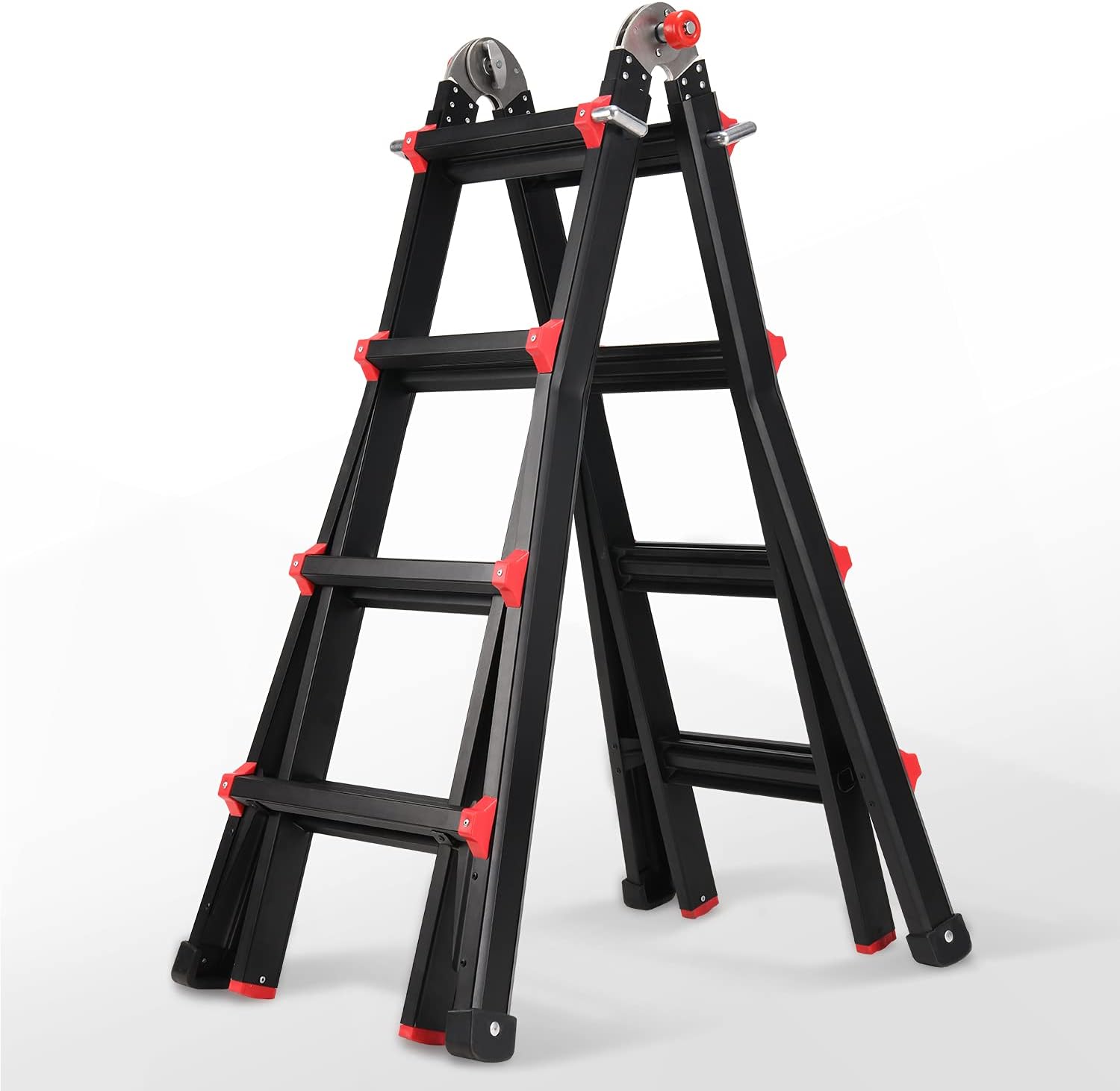
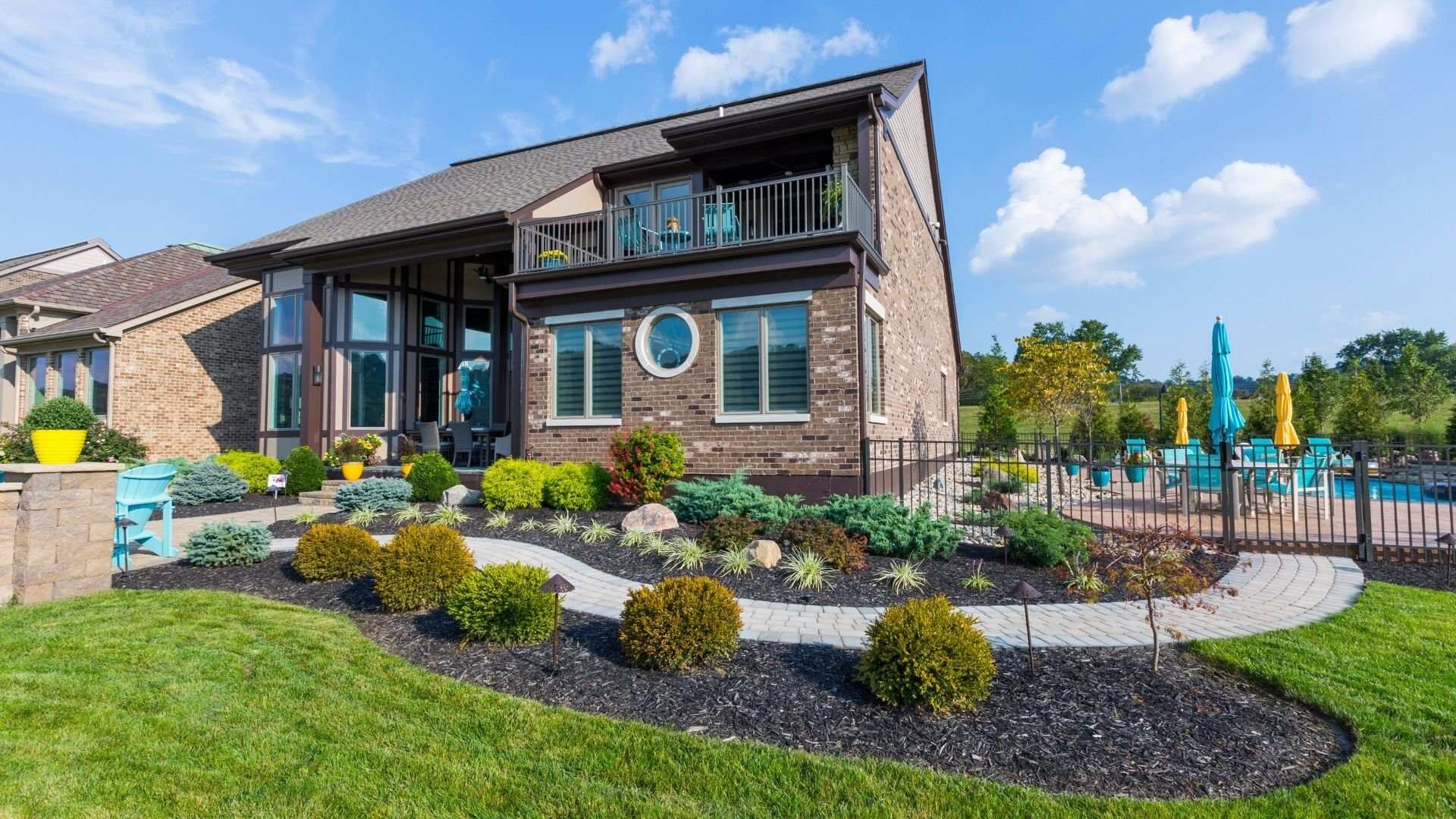

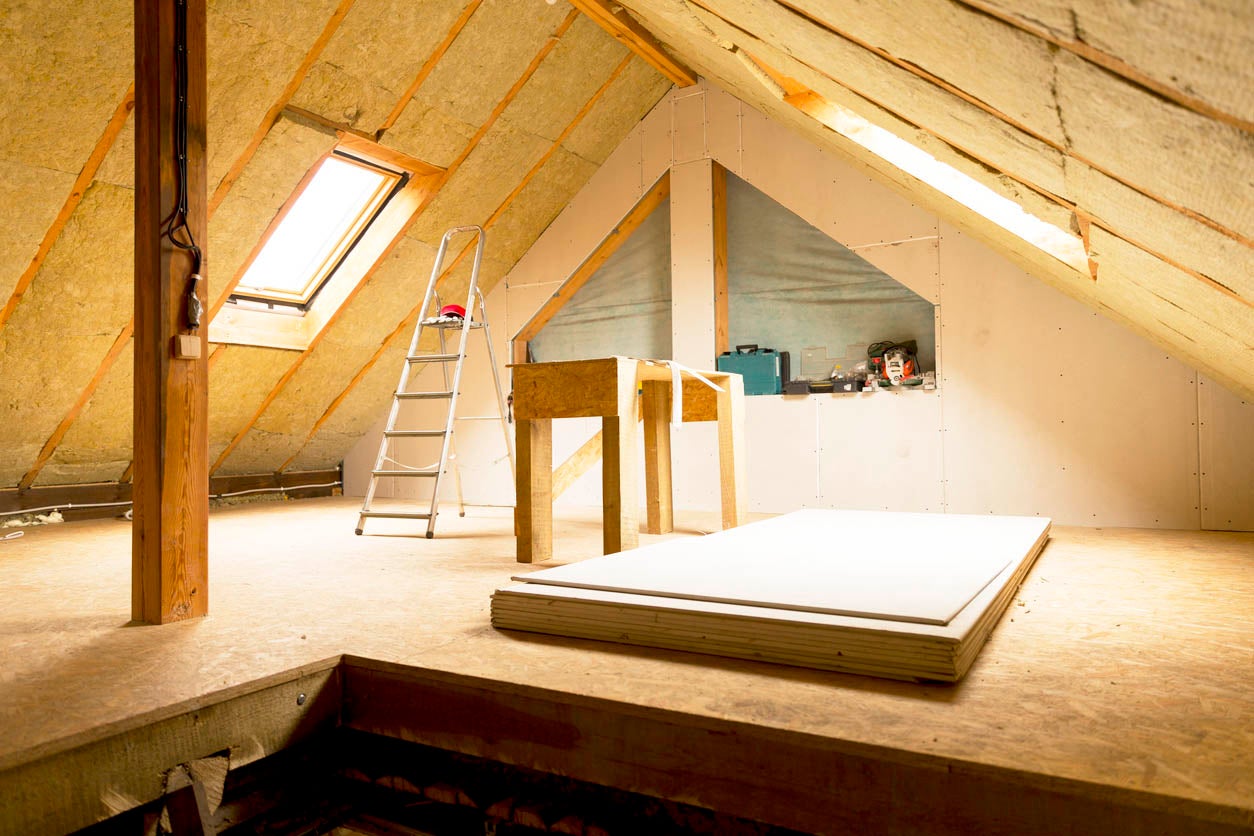
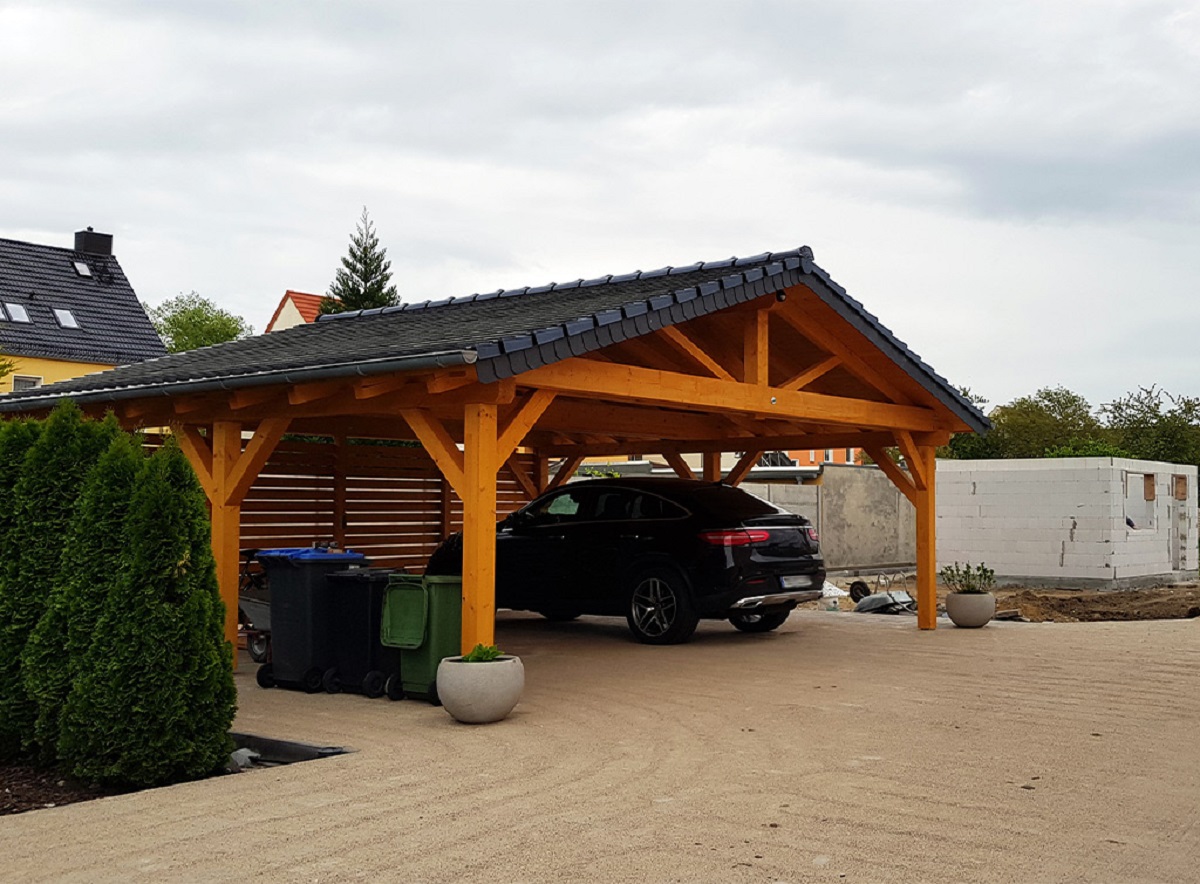
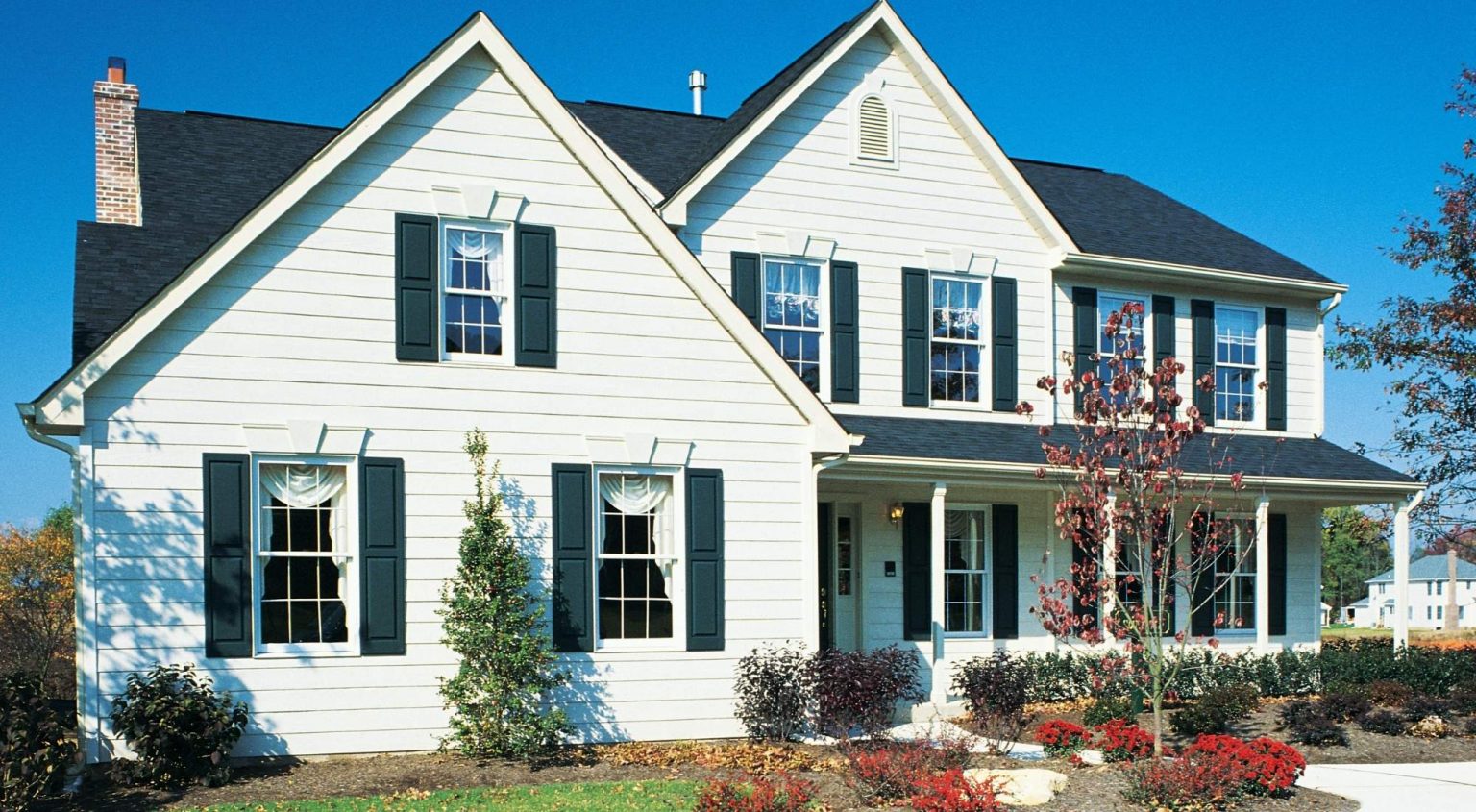
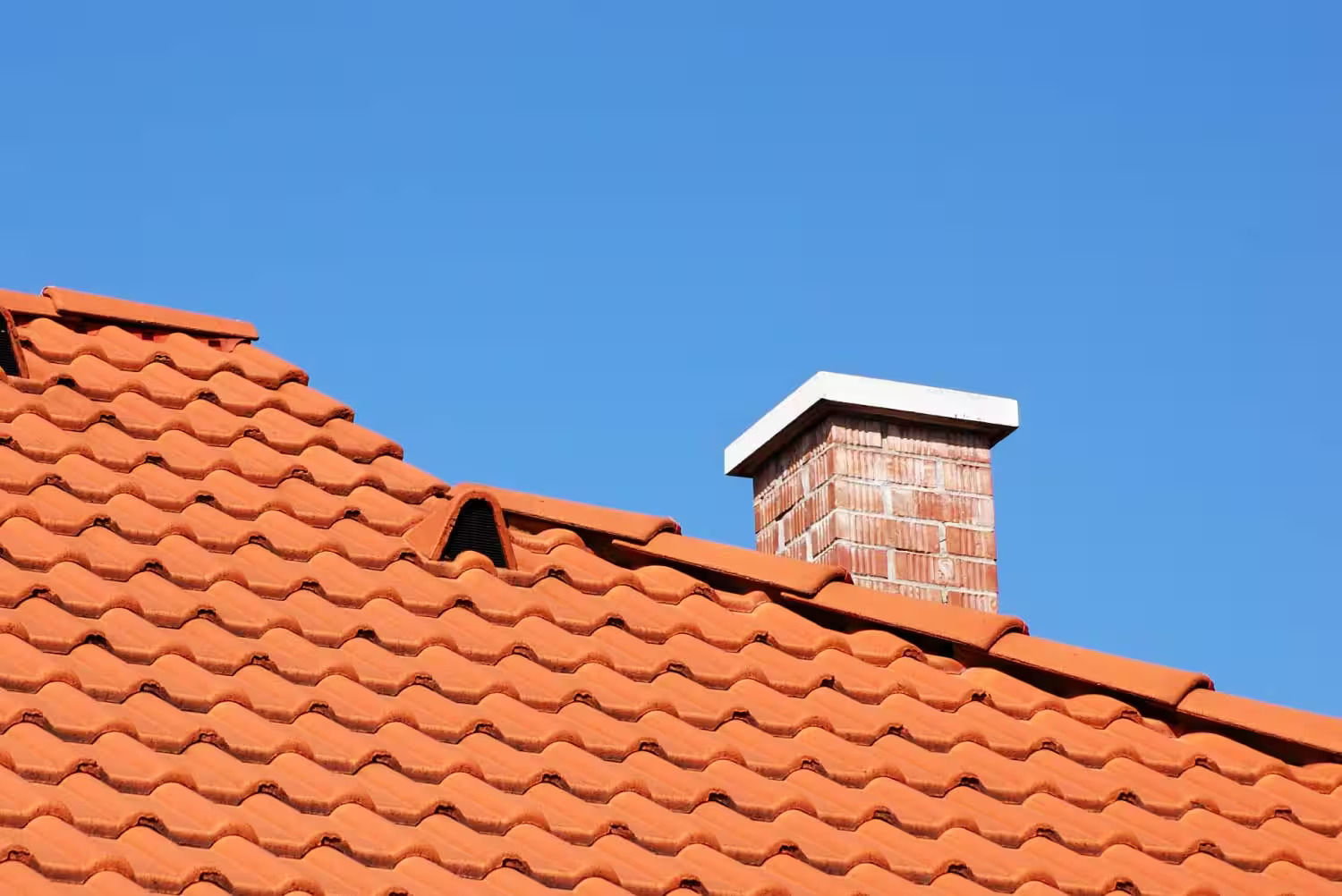
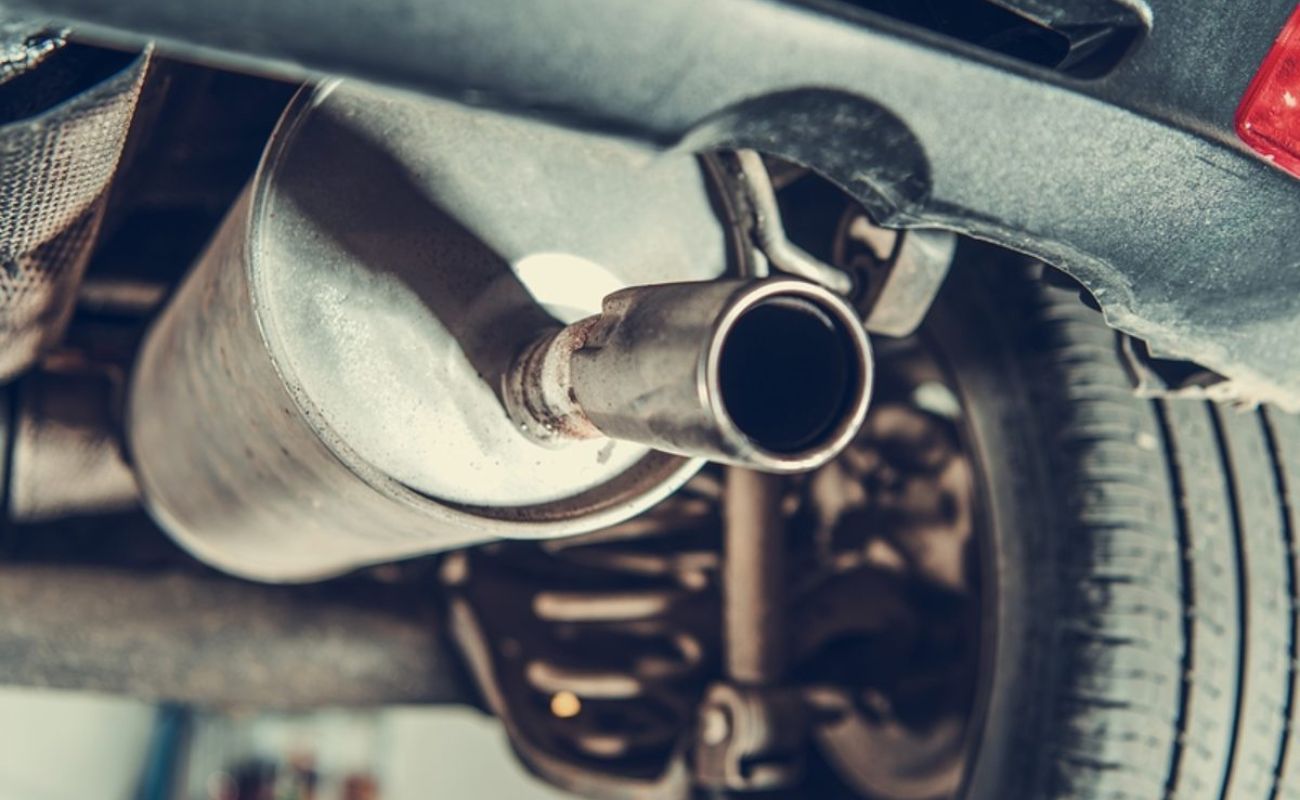

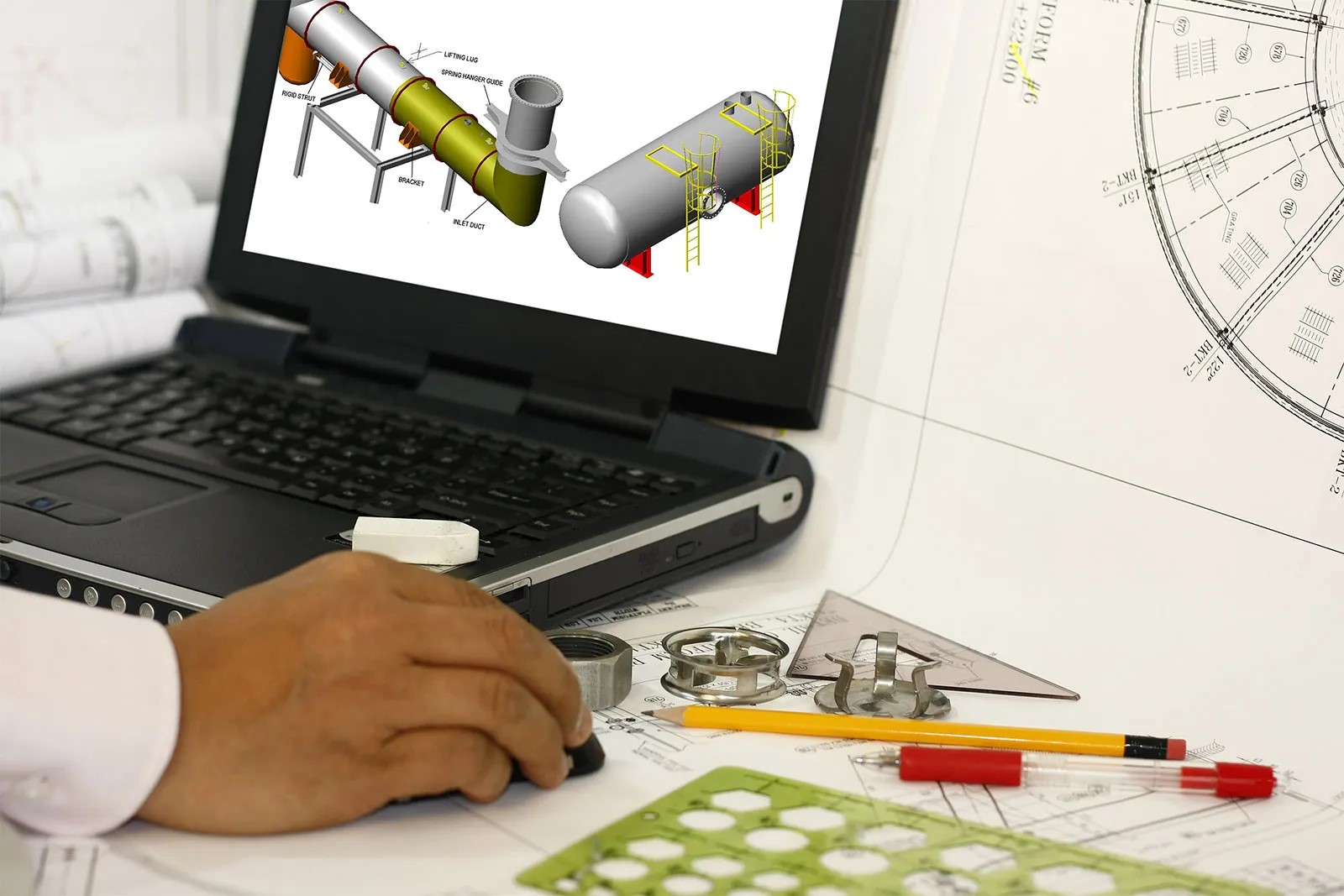
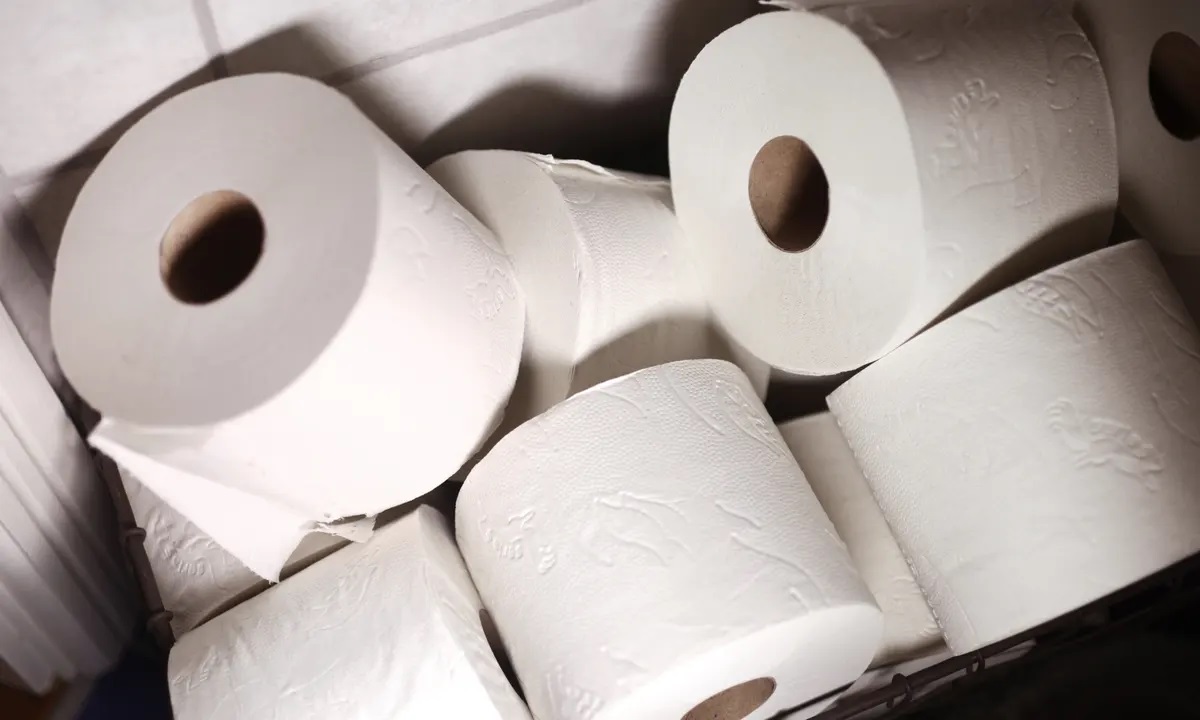

0 thoughts on “How Much Does A Dehumidifier Cost”